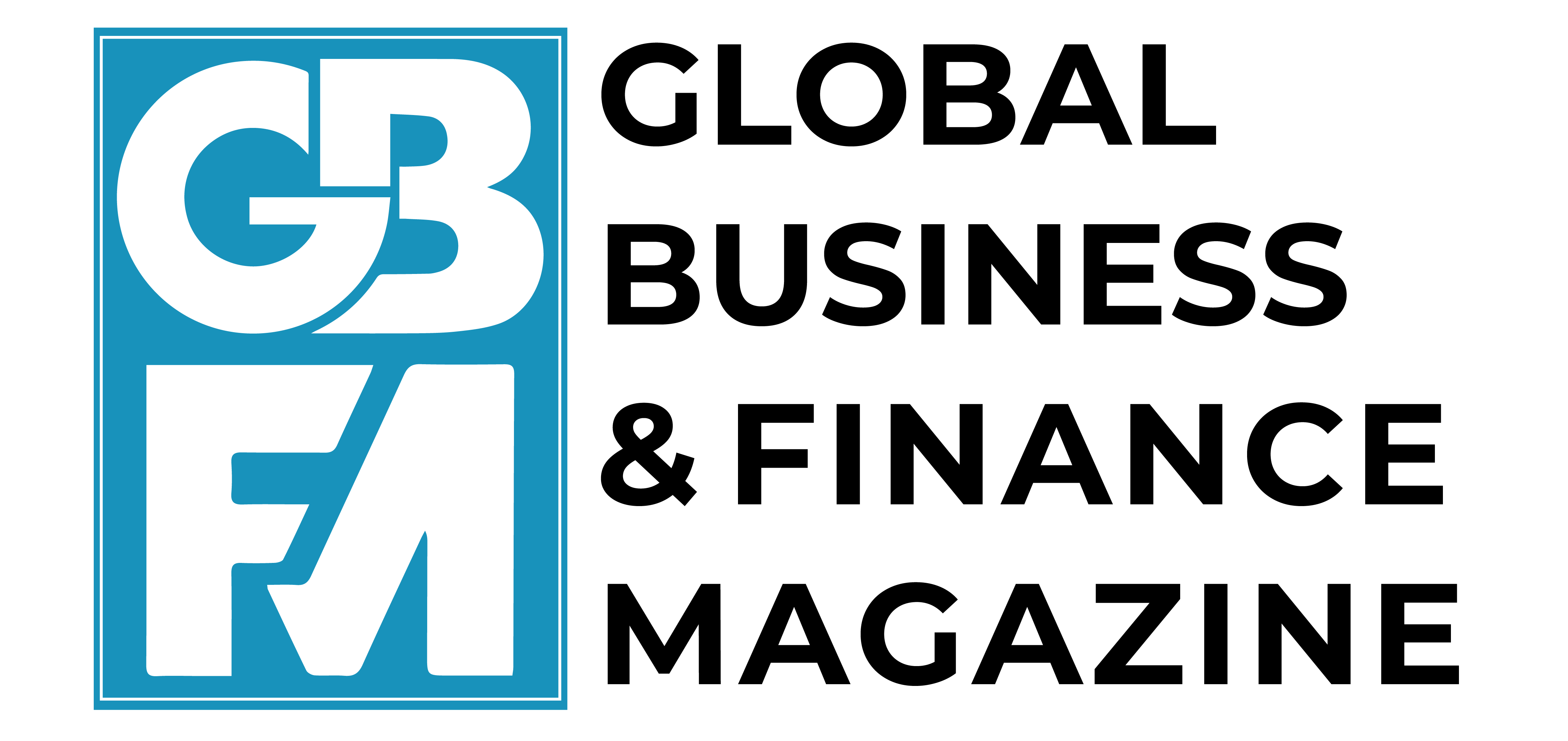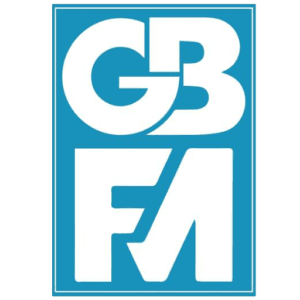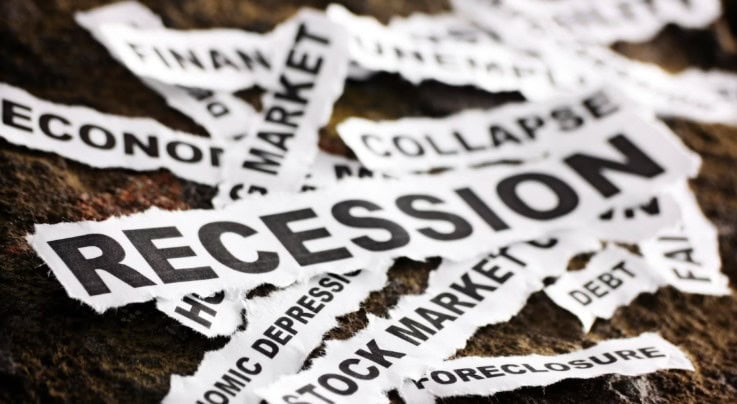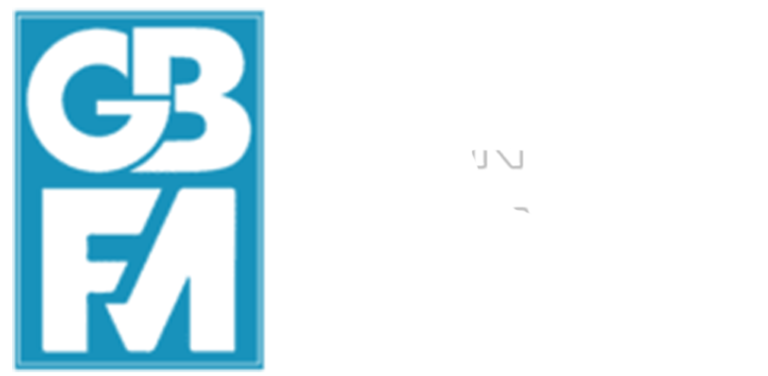Until the late 19th century, states raised most of their government revenues from import tariffs. This column asks whether the practice could work today. A side effect of taxes is that they discourage the economic activity that they are assessed on. Tariffs are taxes on imports and no different: they shrink trade. The authors allow tariff revenues to change an economy’s savings and therefore the trade balance, as the US administration intends. Then the displacement effect of import tariffs is so strong that tariff revenues cannot plausibly fund more than a few weeks of annual US government spending.
The US Department of the Treasury reports that in 2024 $2.43 trillion was collected in federal individual income taxes (FiscalData 2025), representing just under half the $4.92 trillion total tax take. Senior members of the new US administration, including President Trump himself, have claimed that import tariffs can be raised to levels that can finance significant tax cuts. Just recently, the president’s senior trade advisor, Peter Navarro, claimed that $600 billion more could be collected each year in import taxes. Given the strained public finances of the US, is this number in the ballpark?
Ever since Arthur Laffer produced his famous curve on a napkin, economists have known that – if raising revenue is the sole objective – the tax rate that maximises revenue is finite. A zero tax collects, by definition, no revenue for the government. Too high a tax and the taxed subjects give up entirely on the economic activity being taxed, and tax revenue is back to zero. So, Laffer contended, there must be a turning point somewhere between the extremes where tax revenues max out.
The resulting Laffer curve has a key implication. For some range it is possible to raise the tax rate, and the revenue collected keeps going up as well, but the going gets tougher as the tax rate keeps increasing. While the benefit of more tax revenues sounds like a good outcome, the costs of dampening economic activity and misallocating resources towards the less taxed activities creates economic losses so that less and less additional tax revenue comes in. In principle, these arguments apply to import taxes, otherwise known as tariffs, as well. When tariffs increase, they discourage the taxed activity, trade. The relevant empirical question is: at what import tax rate do tariff revenues max out?
We deployed the cModel, a computational model of the world economy that captures domestic and cross-border supply chains and is built on cutting-edge microeconomic foundations, to answer this question (for details, see the box in the version of this column published on the Global Trade Alert). We consider across-the-board uniform tariff increases which, after all, the president campaigned on implementing. No doubt fancier configurations are possible – with some trading partners being hit more than others as under the Executive Order of 2 April 2 – but results from a constant additional tax rate on all imports provide a useful benchmark for policy deliberation. Who knows at what levels tariffs will ultimately settle in the weeks and months to come, so we consider a uniform metric that is quick to understand and not subject to political whim.
Unlike most analyses of this nature, we do not fix the trade balance – the gap between total exports and total imports. The Trump administration wants higher import tariffs to cut the US trade deficit and to raise revenues for the federal government. As you might surmise, there is a tension between these two objectives: the more successful tariffs are at cutting total imports the fewer foreign goods there are to tax. This trade-off comes through clearly in the results that follow.
We considered a wide range of cases, where each dollar of import taxes collected reduces the trade deficit by 25 to 90 cents. For each case we simulated the resulting trade flows and import tariff revenues collected, and then allowed the extra tax revenues to be used to build up savings, or to repay existing debt, and shrink the US trade deficit alongside. As the trade balance and import activity change, we plotted tariff Laffer curves in Figure 1. Even in the extreme case when US savings only go up by 25 cents on the dollar of tariffs collected, the maximum gain in government revenue is less than $500 billion (dark red curve in the figure).
Figure 1 Tariff Laffer curves
Peak tariff revenues are closer than you may think


Notes: With an increase in the ad-valorem tariff rate on US imports, tariff revenues can go to US government consumption, or household consumption if rebated through tax cuts, and will then be partly applied to savings or repayment of existing debt. If 25 cents of a dollar of tariff revenues go to savings, or repayment of debt, then the U.S. trade deficit shrinks by 25 cents on the dollar and the top (dark red) curve depicts the evolution of tariff revenues as the tariff rate increases. If 90 cents of a dollar of tariff revenues go to savings, or repayment of debt, then the U.S. trade deficit shrinks by 90 cents on the dollar and the bottom (dark blue) curve depicts the evolution of tariff revenues as the tariff rate increases. Similarly for the remaining curves between the two extremes. The dotted horizontal line marks total tariff revenues of $86 billion as collected by the US government in 2024.
When every dollar of tariff revenue collected results in the trade deficit falling 50 cents or more (the dark orange curve in the figure), the total additional revenues never exceed $300 billion. The more import tariffs reduce the trade deficit, the smaller the additional revenues collected by the federal government. For comparison purposes, the dotted horizontal line shows the total amount of tariff revenue collected by the
US government in 2024, around $86 billion. If the tariff revenues were fully passed on to US families as a tax rebate, then as much as 94% of the tax rebate could go to build up savings or to repay debt, and only 6% to consumption, as was the case in recent episodes of tax rebates (Orchard et al. 2025). As a result, the trade deficit would shrink by 94 cents on the dollar of tariff revenues and we would find government revenues to follow a trajectory of little increase (below the dark blue curve).
That the tariff Laffer curves have a gentle downward slope after they peak has another salient policy implication: if the Trump administration overshoots and sets too high an import tariff, then the total revenue gain barely falls. So, while tariff escalation and retaliation would lead to mounting cost increases on US firms that import parts and components and on U.S. families who buy foreign food, toys, and clothes, the contribution to the US public finances would not fall much.
To put the $300 billion and $500 billion tax revenue gains at the high end in perspective:
- $300 billion extra government revenue would finance just over two weeks of US federal government spending.
- $500 billion extra government revenue would finance less than four weeks of US federal government spending.
- Current tariff revenues of $86 billion fund just over 4 days of US federal government spending.
There is no case in the figure where import tariff hikes could raise an extra $600 billion in government revenues. To reach Mr. Navarro’s $600 billion revenue gain, the US trade deficit would have to shrink very little under the additional tariffs. In short, the Laffer rationale applied to US trade explains why a return to the McKinley era, when import tariffs used to finance half of US federal spending in the absence of income taxes, is unrealistic. Hiking import tariffs is not a viable solution to fund today’s public finances.
Source : VOXeu





































































